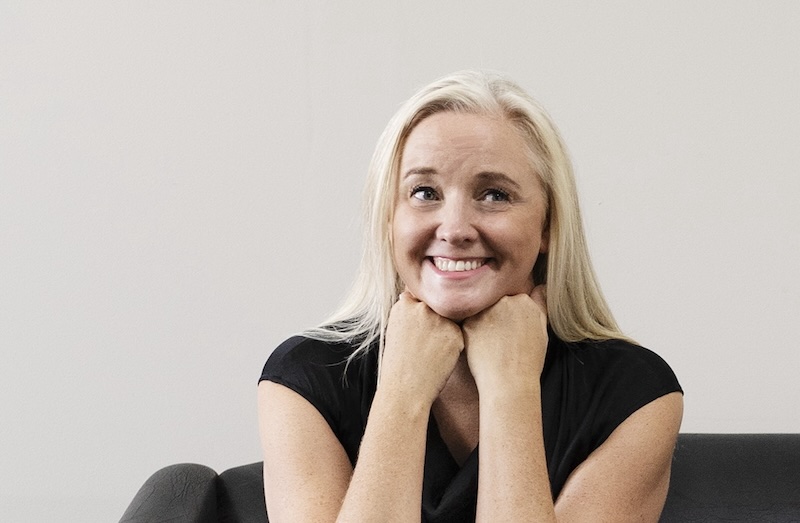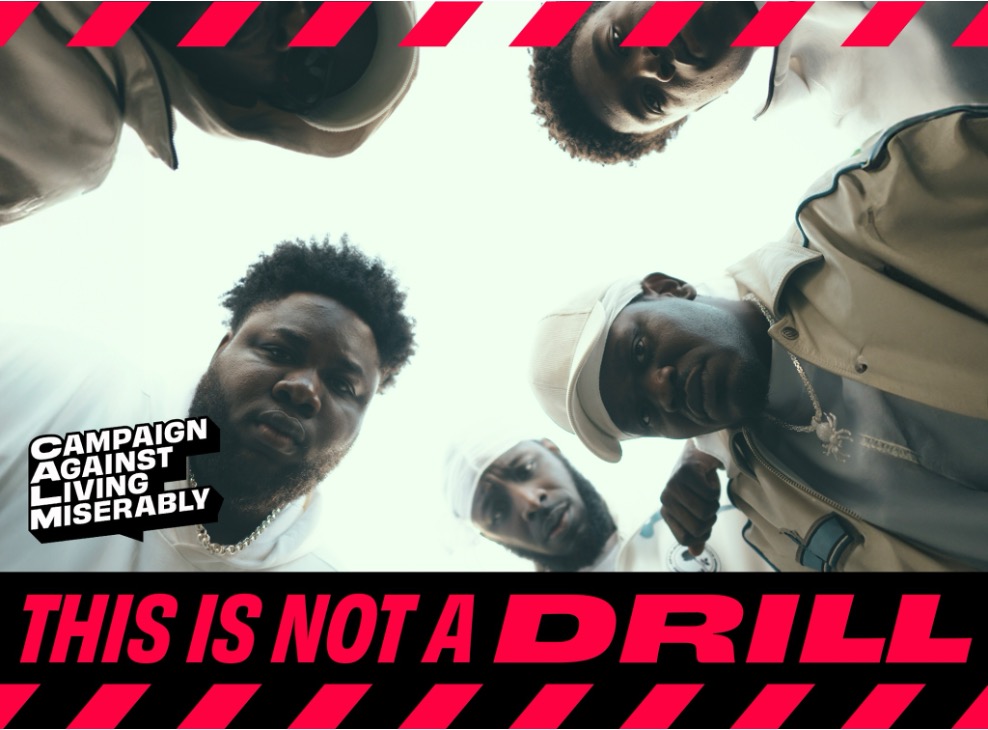The six fatal drownings in Auckland since Friday afternoon share one common factor, say lifeguards: unpatrolled beaches.
All six drownings happened at locations where lifeguards aren’t stationed or where patrols had finished for the day.
A further 79 people were rescued from the water around New Zealand over a weekend, including two mass rescues in Raglan on Saturday alone and 50 rescues across northland region.
A group of 13 and another group of 16 people got into strife at the Waikato’s Ngarunui Beach in Raglan on a day when festival-goers keen to cool off boosted numbers on the beach.
READ MORE:
* Groups of 13, 16 rescued at Raglan beach on Saturday, during weekend of water incidents
* Public urged to swim at patrolled beaches after five die in water over the weekend
* Lifeguards issue warning amid ‘alarming number’ of deaths at beaches and waterways
Two separate accidents also involved spinal injuries as swimmers were dumped into the sand by large waves in the northern region.
A drowning on Sunday happened at the unpatrolled Tawharanui Regional Park, north of Auckland.
Two people also drowned at unpatrolled beaches on Friday: one at Narrow Neck Beach on Auckland’s North Shore, and another at Big Manly Beach on the Whangaparāoa Peninsula.
The man who died at Big Manly Beach was 65-year-old local man Paul Ramsey, police confirmed, and a post-mortem examination would be completed later this week.
RYAN ANDERSON & JASON DORDAY
Stay away from rocks and rips at the beach over summer, surf lifesavers say. (Video first published in November 2019.)
“Our thoughts and condolences are with Mr Ramsey’s family at this tragic time,” a police spokesperson said.
On Saturday, one person died at Takapuna. Two men, Saurin Nayakumar Patel and Anshul Shah, died at North Piha on Saturday evening, despite United North Piha lifeguards’ attempts to rescue them after patrol had ended for the day.
A spokesperson from the Indian High Commission said officials were in touch with family members of the deceased both in New Zealand and in India, and were providing assistance.
“We are deeply distressed by the unfortunate incident.”
“Our thoughts and prayers are with the families at this difficult time. We would urge everyone to stay safe and follow the local rules and protocols in whatever activities they are engaging in.”
Jeet Suchdev, founder of the Bhartiya Samaj Charitable Trust, an organisation that helps new migrants in New Zealand, said they had been contacted by family and friends of the two men.
“We are comforting the family and friends. We, along with the High Commission of India, Honorary Consul of India in Auckland and other community members, are doing everything possible to support them.”
Surf Life Saving Northern Region Chief Executive Matt Williams said they couldn’t say with certainty, however one factor in the incidents was likely the return of good weather.
“What we’re seeing as soon as the weather comes out, we don’t know how to use the beach. We are not a safe public when it comes to coastal beaches,” he said.
“We’re seeing common sense playing a huge part [in the water incidents]. That’s the kind of common sense where you arrive at a beach with your family, there are no lifeguards on patrol and you don’t stop and say, ‘If my family gets in trouble, what’s my plan?’”
But Williams said there was a clear correlation between the drownings in Auckland, which all took place either at unpatrolled beaches, or outside regular patrol hours.
“Simply put, if you swim at a patrolled beach, during patrol hours, in between the flags, you are going to have a lifeguard nearby who can respond immediately if something happens,” he said.
“If you swim at an unpatrolled beach, or outside patrol hours, you are placing yourself at an incredible risk.”
Williams said these deaths were tragic, but some may have been preventable if lifeguards were actively patrolling the area.
“We would be open to investigating how we might establish patrols or improve safety outcomes at some beaches that are not currently patrolled, however for our organisation it is a question of resourcing and manpower,” he said.
Williams urged people to swim between the flags at beaches with lifeguards.
“One of the solutions that have an effect immediately – swim between the flags on patrol hours. If you want to be saved, if you want to see this drowning toll stemmed, swim between the flags when lifeguards are on duty,” he said.
Also on Saturday, a body was found on Saturday in the water near Opoutere Beach, north of Whangamatā, ending the search for Samuel Cruickshank, 15, who disappeared in the surf while swimming with his family earlier in the week.
In the South Island, a small community is angry and blaming themselves after a council warning sign went up a day too late to save a second man from drowning in Lake Wakatipu in similar circumstances.
,
The man, who can now be named as 35-year-old Jordan Young, was visiting from Australia with his fiancée.
His parents and brother joined her in Glenorchy, near Queenstown, on Friday.The drowning was the second at Lake Wakatipu in less than a week after Wānaka man Linkin Kisling died on January 13 saving his 10-year-old son.





















Discussion about this post